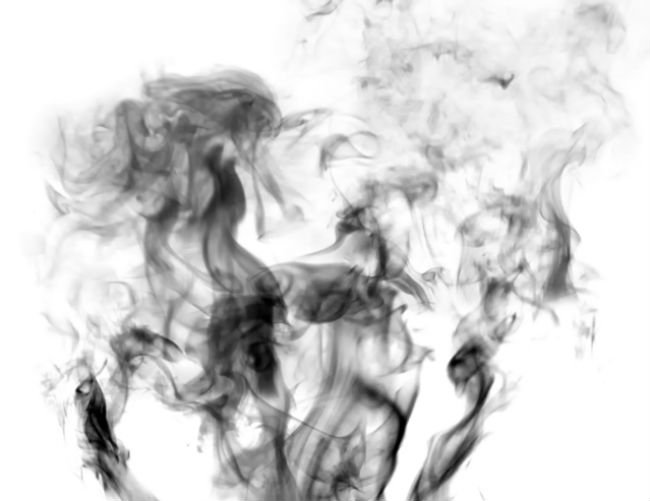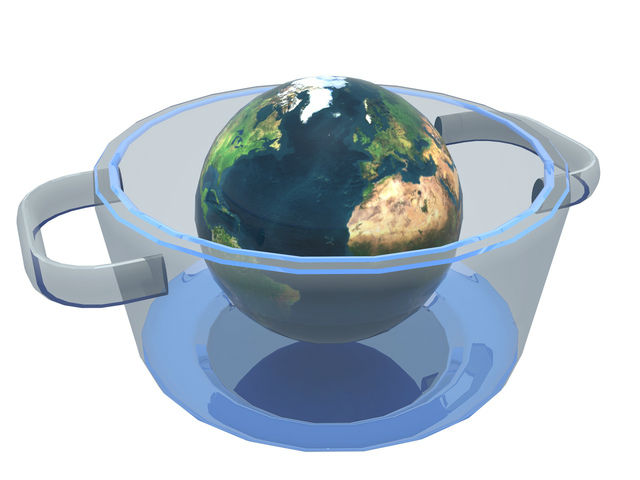Fumigation for termite treatment is a 99-100% efficient way of extermination. Fumigation chemicals for termites, which are applied for this method, are sulfuryl fluoride (Vikane-gas) and methyl bromide gas (Bromo-gas). In some countries fumigants as carbon disulfide, trichloronitromethane and hydrocyanic cyanide are also used. Methyl bromide fumigation treatment for termites is more common and effective. All these gases are very poisonous and hazardous to pets and human beings. They can not be purchased without pest control license as they are of restricted use. Termite fumigation treatment must be performed only by pest control professionals. They are regularly instructed and have all the obligatory certificates of fumigation treatment. Self fumigation for termites is prohibited due to extreme health hazard.

Difference between termite fumigation treatment and heat extermination
Some people do not feel the difference between fumigation and heat treatment for termites. Though they are carried out by pest control professionals and require to vacate your home, these two methods are not the same. Heat treatment for termites needs only a source of high temperature without any chemicals. Heat influences on termite infested areas directly. Termite fumigation treatment requires some special toxic gases for performing elimination. Only fumes influence on infestations without direct heat.
Home tent fumigation for termites
Whole house fumigation for drywood termites is required when your home is highly infested and other methods applied will not surely exterminate termites completely. In this case you will be asked to vacate your home for a day or more. Food products, pets and home-plants must be also removed from the house before treatment. First, pest control fumigators will do some preparation for tent fumigation for termites. They have all the necessary equipment and materials for it. They will tent your house and then pump it with insect poisonous gas. Fume gases penetrate the wall voids and the wooden structure via cracks, crevices and holes. Drilling during preparation is also needed sometimes. Termite fumigation treatment replaces oxygen with fume. This fume brings lethal concentrations of toxic gas to termites and results in immediate death of wood pests. Eggs and termite larva left cannot develop without mature zooids. If everything done as directed, successful pest eradication will be guaranteed and performed.
Vacuum chambers are used for localized or in other words spot fumigation. It is required when termite infestations are limited. If you defined termite activity in some pieces of furniture, books, wooden frames and others, local fumigation treatment will be necessary.
Chemical fumigation can be used to exterminate drywood termites, subterranean termite types and dampwood termites. As a rule, termite fumigation treatment lasts about 2 days to exterminate and ventilate afterwards.
Advantages, disadvantages and dangers of fumigation for termites
Home fumigation is highly effective in termite elimination. It can guarantee you about 100% satisfaction with the results of extermination if done by professionals. Though this method has many drawbacks:
- It is of high cost.
- It does not protect from future infestations and the house may get reinfested.
- It requires preparations, which are inconvenient for homeowners.
- It requires from homeowners to leave the house and stay out of home overnight.
- Fumigants, containing fluoride, have recently been labelled as green-house gases, so they are not environmentally-friendly.
- Fume gases break down after treatment and fluoride is likely to be left in the house and in the soil.

Before choosing termite fumigation treatment for your home, you should consider all the pros and cons and make a proper decision.
Leave a Reply